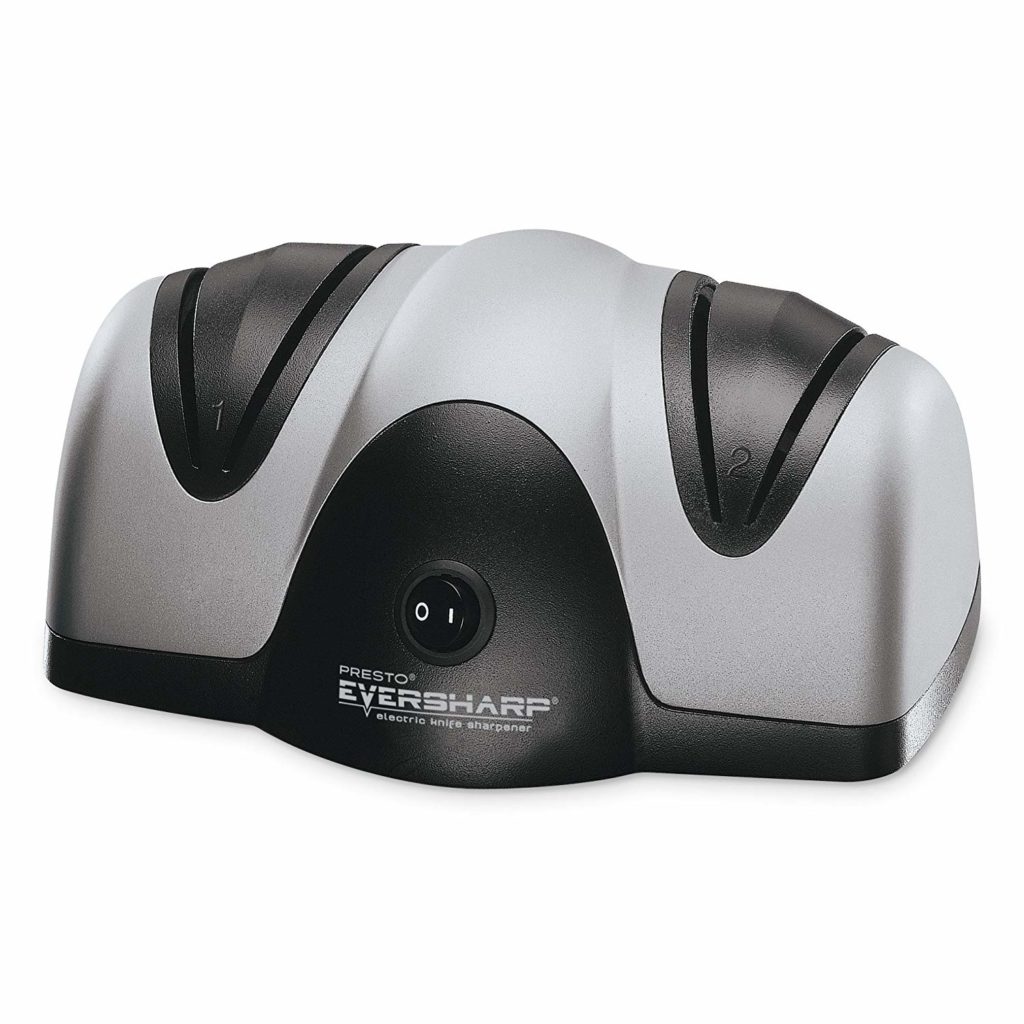You might think you need a professional when it comes to staining kitchen cabinets. Think again because you’re well on your way to teach yourself how to stain kitchen cabinets with these simple guidelines.
Before you decide on staining kitchen cabinets, it would be wise to figure out what it is exactly that you are planning to accomplish in your kitchen: Do you have plans to reface your kitchen? Do you have new cabinets installed? Then you would need to take them out and stain them. Or do you have an old set of cabinets that need re-staining? Whatever the case, staining kitchen cabinets should be easier than you think.
How to stain kitchen cabinets?

Sanding
The first step in staining kitchen cabinets would be to thoroughly sand down the cabinet. The problem with not doing a good job on sanding the cabinets is that it takes much more effort to do this after you have stained your cabinets. Any marks that you leave out during sanding will stand out in the staining process. So, it makes sense to do the sanding as thoroughly as possible.
You can use a 150 or 200 grit sandpaper to do this after you have removed your drawers and doors and any hardware attachments like handles, etc. Remember to lay the cabinets and drawers flat ahead of staining so that the stain does not run.
Getting prepared
It is also a good idea to purchase a body apron, rubber gloves, and some cardboard to keep the stain off yourself and the surroundings, for instance. When you remove hardware, be sure to tag them individually so you know what goes where. Make sure your marks on the kitchen cabinetry are inconspicuous or they will show up after the staining process is completed.
Safety first
Safety is an important component of the process of staining when it comes to kitchen cupboards. It might go unnoticed but stains tend to have dangerous fumes in them. These fumes are capable of causing an explosion, so you will need to be extra careful when you use them. Be sure to use them in well-ventilated rooms like the garage with the door wide open.
You will also want to purchase a professional staining/painting mask since a regular dust mask is only useful during the sanding process. Be very careful to avoid contact with stains, particularly your hands. Once it is on your hands or any other part of your body, it can be removed with acetone. However, this does not work all the time – sort of like removing stains from laundry. If there is no acetone handy, you can use nail polish remover, which has acetone in it.
In addition, it would be wise to wear clothes that you can throw away once your staining job is done. Once you are ready to begin the process of staining kitchen cabinets, make sure you stir the can that contains the stain or the color will accumulate at the bottom giving you an uneven stain.
The actual process of staining kitchen cabinets
Kitchen cabinets can be stained easily if you use leftover carpet pieces that are 3×4 inch rectangles. You can dip the carpet side into the can of stain and then work it into the wood. Although many manufacturers recommend leaving the stain on for 10 minutes, there is usually little advantage in doing this. If the stain is left on for too long, it leaves a smudge on the wood. Hence, it would be smart to wipe off the stain after you have stained it. This ensures that your kitchen cabinet looks like a professional job. The point is to make it look as attractive as possible without paying for a kitchen decorator. With some common sense, you can make staining kitchen cabinets appear as if they have been stained professionally.
The last step in staining is to dry your kitchen cabinets. If the cabinets are already installed, they can be left alone to dry. Remember not to turn on a fan to facilitate the drying. It is better to give the drying process sufficient time to complete itself naturally.


